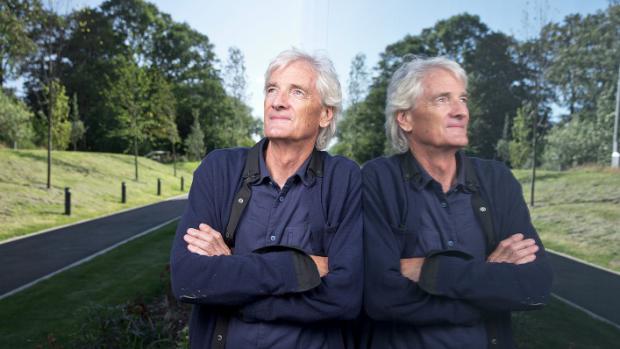
Breaking News
 Trump, Treason, and the New York Times
Trump, Treason, and the New York Times
 Democrat idiocy at work in San Francisco
Democrat idiocy at work in San Francisco
 BREAKING THROUGH Tesla AI in 2026
BREAKING THROUGH Tesla AI in 2026
Who Was The Biggest Antisemite In 2025?
Top Tech News
 Laser weapons go mobile on US Army small vehicles
Laser weapons go mobile on US Army small vehicles
 EngineAI T800: Born to Disrupt! #EngineAI #robotics #newtechnology #newproduct
EngineAI T800: Born to Disrupt! #EngineAI #robotics #newtechnology #newproduct
 This Silicon Anode Breakthrough Could Mark A Turning Point For EV Batteries [Update]
This Silicon Anode Breakthrough Could Mark A Turning Point For EV Batteries [Update]
 Travel gadget promises to dry and iron your clothes – totally hands-free
Travel gadget promises to dry and iron your clothes – totally hands-free
 Perfect Aircrete, Kitchen Ingredients.
Perfect Aircrete, Kitchen Ingredients.
 Futuristic pixel-raising display lets you feel what's onscreen
Futuristic pixel-raising display lets you feel what's onscreen
 Cutting-Edge Facility Generates Pure Water and Hydrogen Fuel from Seawater for Mere Pennies
Cutting-Edge Facility Generates Pure Water and Hydrogen Fuel from Seawater for Mere Pennies
 This tiny dev board is packed with features for ambitious makers
This tiny dev board is packed with features for ambitious makers
 Scientists Discover Gel to Regrow Tooth Enamel
Scientists Discover Gel to Regrow Tooth Enamel
 Vitamin C and Dandelion Root Killing Cancer Cells -- as Former CDC Director Calls for COVID-19...
Vitamin C and Dandelion Root Killing Cancer Cells -- as Former CDC Director Calls for COVID-19...
Why James Dyson Could Steal Elon Musk's Electric Car Throne

Sir James Dyson wants to change the world with a "radically different" electric car in 2020. A complete departure from the Teslas and Leafs of the world. Something revolutionary, he says. If I were Musk, I would be wary. If there's one person who can deliver something that can destroy the exo-martian's innovation halo, it's the British mad genius.
Just six months after announcing a $1.3 billion investment in the development of new battery technology, Dyson declared his intention to make a "radically different" electric car this week. "[W]e finally have the opportunity to bring all our technologies together into a single product," he wrote in an email to the company that was later made public. "I wanted you to hear it directly from me: Dyson has begun work on a battery electric vehicle, due to be launched by 2020." According to Bloomberg, Dyson's car will use the solid-state batteries developed by Sakti3, a company he bought in 2015, instead of the traditional Lithium-Ion batteries that Musk uses in Tesla (the same kind of power storage used in your laptop).



